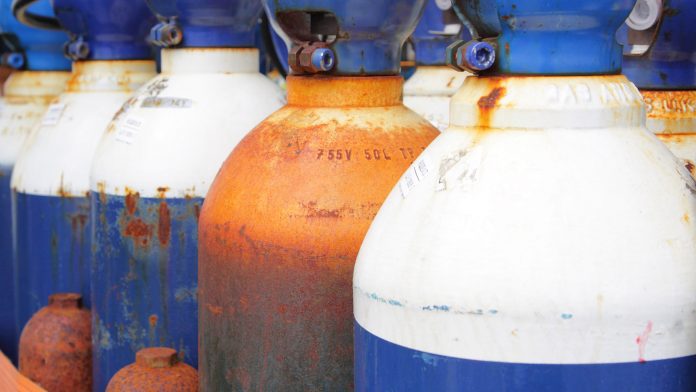A team of scientists, led by North Carolina State University, has developed a new catalyst that can more efficiently and sustainably convert ethane into ethylene.
The newly developed catalyst could be used to convert ethane into ethylene, reducing ethylene production costs and cutting carbon dioxide emissions by up to 87%.
Yunfei Gao, a postdoctoral scholar at NC State and lead author of the study, said: “Our lab previously proposed a technique for converting ethane into ethylene, and this new redox catalyst makes that technique more energy efficient and less expensive while reducing greenhouse gas emissions.
“Ethylene is an important feedstock for the plastics industry, among other uses, so this work could have a significant economic and environmental impact.”
Why do we need new catalysts?
According to Fanxing Li, an associate professor and University Faculty Scholar in NC State’s Department of Chemical Engineering, more than 200 million barrels of ethane are rejected every year due to complications related to transport.
“Ethane is a by-product of shale gas production, and the improved efficiency of our new catalyst makes it feasible for energy extraction operations in remote locations to make better use of that ethane,” added Li.
Current conversion techniques cannot be scaled down to a size suitable for remote energy extraction sites, however, this new catalyst to convert ethane into ethylene can be applied to these locations.
Innovating ethane conversion
This new catalyst and conversion technique has the potential to be an extremely cost effective way to convert ethane into ethylene. The ethylene could then be converted into liquid fuel, which is far easier to transport.
The new redox catalyst is a molten carbonate promoted mixed metal oxide, and the conversion process takes place at between 650 and 700 degrees Celsius with integrated ethane conversion and air separation. Current techniques to convert ethane into ethylene require temperatures higher than 800 degrees Celsius.
“We estimate that the new redox catalyst and technique cut energy requirements by 60-87%,” Li says. “Our technique would require an initial investment in the installation of new, modular chemical reactors, but the jump in efficiency and ability to convert stranded ethane would be significant.”









